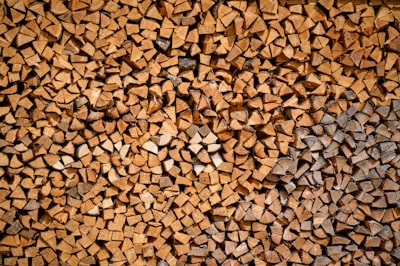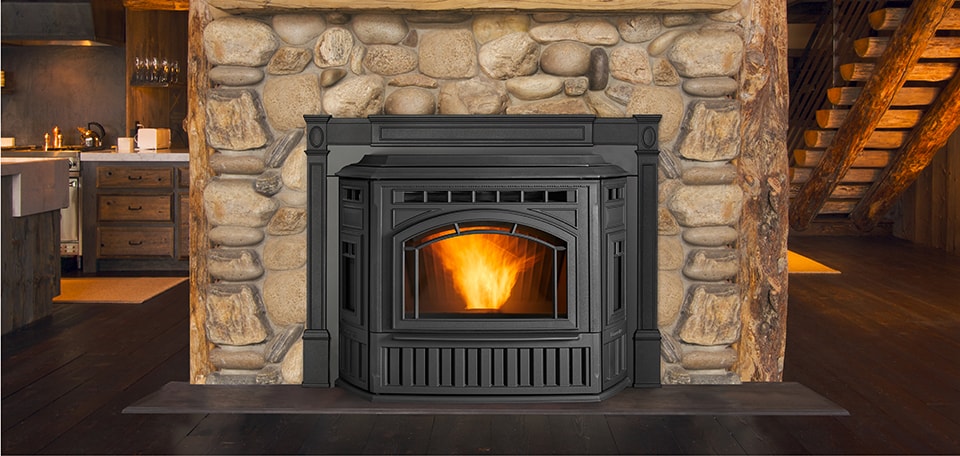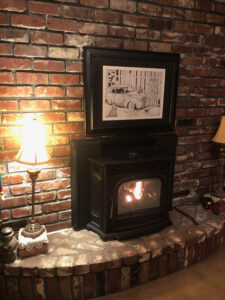
When it comes to heating your home, a wood stove can be a practical and cozy option. Not only does it provide warmth and ambiance, but it can also be a cost-effective and environmentally friendly choice. However, selecting the right wood stove for your home requires careful consideration of various factors. By evaluating aspects such as size, efficiency, design, and safety, you can make an informed decision that suits your heating needs and enhances your home decor. This article will guide you through the process of choosing the right wood stove for your home, providing valuable insights and tips along the way.
Wood stoves have been used for centuries as a reliable and efficient heat source. They offer a renewable and sustainable way to warm your home while creating a cozy and inviting atmosphere. Additionally, wood stoves can be a great backup option during power outages, ensuring that you and your family stay warm even when the electricity is down.
Factors to Consider When Choosing a Wood Stove
Before diving into the details of wood stove types and features, it’s essential to assess your specific requirements.Start by determining whether you need a wood stove as a primary heating source or as a supplemental heat option. This consideration will influence the size and output of the stove you choose.Additionally, the size of the space you intend to heat should be taken into account. A stove that is too small may not provide sufficient warmth, while one that is too large can lead to excessive heat and wasted energy.
For example, if you are looking for a wood burning stove to heat a small cabin in the woods, a compact and efficient model would be ideal. On the other hand, if you have a larger home in a colder climate, you may need a more powerful stove to adequately heat the space.
Energy efficiency is another crucial factor to consider. Look for wood stoves with high efficiency ratings to ensure that they burn wood thoroughly and maximize heat output. This not only helps reduce waste but also minimizes the number of times you need to add wood to maintain a comfortable temperature.
For instance, a wood burning stove with an efficiency rating of 80% will convert 80% of the wood’s energy into heat, while the remaining 20% is lost through the chimney. By choosing a highly efficient wood stove, you can minimize energy waste and save on heating costs.
The design and features of the wood stove are also important. Consider different styles, finishes, and materials to find a stove that complements your home decor and personal preferences. Additionally, think about the cost of the stove and the maintenance it requires for long-term use. Keep in mind that regular cleaning and chimney maintenance are essential for safe and efficient operation.
For example, if you have a modern and minimalist home, you may prefer a sleek and contemporary wood stove design. On the other hand, if you have a rustic or traditional decor, a cast iron stove with intricate details may be more suitable.
Types of Wood Stoves
Wood stoves come in various types, each with its own characteristics and advantages. Non-catalytic stoves feature firebox insulation, large baffles, and pre-heated combustion air to ensure efficient burning. On the other hand, catalytic stoves use a coated ceramic honeycomb to ignite and burn smoke gases and particles. Both types have their benefits, so it’s important to consider your specific needs and preferences when choosing between them.
Non-catalytic wood stoves are known for their simplicity and ease of use. They require less maintenance and are generally more affordable than catalytic stoves. However, they may require more frequent cleaning and can be less efficient in terms of burning wood.
Catalytic wood stoves, on the other hand, offer higher efficiency and longer burn times. They work by using a catalytic combustor to lower the ignition temperature of the smoke, resulting in more complete and efficient combustion. However, they do require regular maintenance and replacement of the catalytic combustor.
Wood stoves are also available in different sizes to accommodate various heating requirements. Small stoves are suitable for heating specific areas or seasonal cottages. Medium stoves are ideal for small houses or energy-efficient homes. If you have a larger or older house in a colder climate, a large stove may be the right choice. Consulting experienced hearth product retailers can provide valuable advice and assistance in selecting the appropriate size and type of wood stove for your home.
For instance, if you have a small cabin that you only use during the summer, a small wood stove would be sufficient to provide heat on chilly evenings. However, if you have a large family home with multiple rooms, a larger stove with a higher heat output would be more appropriate.

Heat Output and Efficiency
Determining the heat output and efficiency of a wood stove is crucial to ensure optimal performance. Nominal output, measured in British Thermal Units (BTUs), indicates the amount of heat a stove can produce. Consider your heating needs and the size of your space when choosing a wood stove with an appropriate nominal output. For new, energy-efficient homes, a lower output may be sufficient, while renovated older homes may require a similar output to the current stove. It’s important to follow the manufacturer’s recommendations for optimal use of the wood stove to achieve the desired heat output and efficiency.
For example, if you have a small living room that needs to be heated, a wood stove with a nominal output of 20,000 BTUs would be suitable. However, if you have an open-concept living area with high ceilings, you may need a wood stove with a higher output of 40,000 BTUs or more.
Efficiency is also a key consideration when choosing a wood stove. The efficiency rating indicates how effectively the stove converts the wood’s energy into heat. Higher efficiency stoves will produce more heat with less wood, resulting in cost savings and reduced environmental impact.
Safety Considerations for Wood Stoves
Safety should be a top priority when using a wood stove. Before purchasing a wood stove, check for EPA certification labels and safety labeling by organizations such as Underwriters’ Laboratories. These certifications ensure that the stove meets safety and emissions standards. Proper installation, venting, and clearance allowances are crucial for safe operation. It’s recommended to consult professionals or certified installers to ensure the wood stove is installed correctly and meets all safety requirements. Regular cleaning and chimney maintenance are also essential to prevent the buildup of creosote and ensure safe and efficient operation.

For instance, it’s important to have a professional install the wood stove and properly connect it to the chimney to ensure that smoke and gases are safely vented outside. Additionally, maintaining a clear space around the stove and using a fireproof hearth or floor protector can help prevent accidental fires.
Regular cleaning and maintenance of the wood stove are also essential for safe operation. This includes cleaning the stovepipe to remove any creosote buildup, inspecting the stove for any issues, and ensuring that the chimney is clear and functioning properly.
Maintenance Tips for Wood Stoves
To keep your wood stove running smoothly and safely, regular maintenance is necessary. Clean stove pipes regularly to remove any creosote buildup and inspect the stove for any issues. Use a water-based fireplace cleaner or a mixture of vinegar, water, and wood ash to clean the stove’s glass. Properly sourcing and preparing firewood is also important for optimal stove performance. Choose dense and dry firewood to prevent performance issues and ensure efficient burning.
For example, cleaning the stovepipe every season or more frequently if you use the wood stove regularly will help prevent chimney fires and ensure proper ventilation. Additionally, cleaning the glass regularly will allow you to enjoy the view of the fire and prevent the buildup of soot and residue. Miami Fireplace and Stoves help with wood burning stove maintenance and wood stove repairs.
Properly sourcing and preparing firewood is another essential aspect of wood stove maintenance. It’s important to choose hardwoods such as oak, maple, or ash, as they burn longer and produce more heat than softwoods like pine or spruce. Additionally, the firewood should be properly seasoned, meaning it has been dried for at least six months to reduce moisture content.
Miami Fireplace & Stoves: Professional Wood Stove Service
Choosing the right wood stove for your home involves considering several factors, including size, efficiency, design, and safety. By assessing your heating needs, evaluating different stove types, and understanding heat output and efficiency, you can make an informed decision that suits your requirements. Remember to prioritize safety by adhering to installation guidelines and performing regular maintenance. With the right wood stove, you can enjoy warmth, comfort, and cost-effective heating in your home.
Looking to enhance the warmth and coziness of your home in Miami, Afton, Claremore, or nearby areas? Look no further than Miami Fireplace and Stoves! We specialize in providing top-notch wood stove installation, maintenance, and repair services. Contact us today to transform your space into a comforting haven with our expert wood stove solutions. Stay warm, Miami!
 Miami Fireplace & Stoves
Miami Fireplace & Stoves